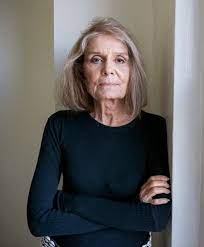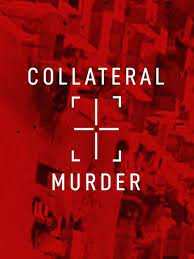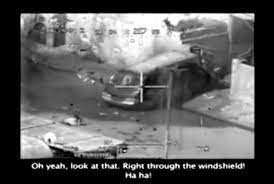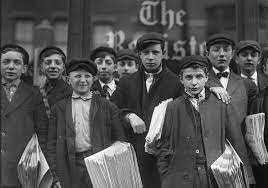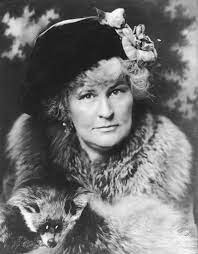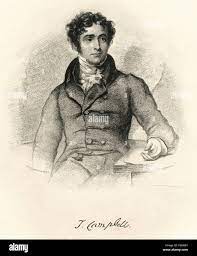By Chloe Brussard
Born on March 25, 1934 in Toledo Ohio, Gloria Steinem is an American female journalist and social political activist who became nationally recognized as a leader and a spokeswomen for the American feminist movement. in the late 1960's and early 1970's.
Gloria Steinem has since made a name for herself after humble beginnings. She spent her childhood traveling in a trailer home with her mother and father until their divorce in 1944.
After her senior year of high school, Steinem moved to Washington DC to be with her sister. She attended Smith College in Massachusetts where she received her bachelor's degree in 1956.
The article also included Steinem along with other women dressed as Playboy Bunnies. She was proud of her work, exposing the work conditions and especially the sexual demands made of them, with was borderline illegal.
But, after this article, Steinem struggled to be taken seriously as a journalist.
In 1969, Steinem covered a speak-out for New York magazine, which was held in the basement of a church in Greenwich Village, New York. The speak-out was about legalizing abortion in New York State. She actually shared her story, about when she got an abortion overseas at the age of 22.
This marked a significant moment in Steinem's life. She became more involved with the women's movement. She attended and spoke at many protests and demonstrations.
Steinem also got work as a columnist for New York Magazine in 1971. She began writing a column called Ms., which covered women's rights and the women's movement. It first started as a special edition of the New York, but quickly became extremely popular.
Its first 300,000 test copies sold out nationwide in 8 days. Within weeks, the magazine had 26,000 subscription orders and more than 20,000 reader letters. In 1972 though, Ms. became an independent, regular circulation magazine. Then, in 2001, the magazine was sold to the Feminist Majority Foundation. Steinem remains on the master head as one of the six founding editors (Patricia Carbine, Letty Cottin Pogrebin, Mary Thom, Joanne Edgar, Margaret Sloan-Hunter and Steinem) and serves on the advisory board.
Steinem also co-founded many organizations with other women.
In 1971, she co-founded the Women's Political Caucus which provides training and support for women who seek elected and appointed offices in government.
Steinem co-founded the Women's Action Alliance in 1997, which was a support network of feminist activities and worked to advance female causes and legislation.
In the late 1990's, she helped establish the "Take your daughter to work day", an occasion for young girls to learn more about future career opportunities they might not have known about otherwise.
Then in 2002, Steinem, Jane Fonda, and Robin Morgan co-founded the Women's Media Center, an organization that works to make women visible and powerful in the media.
But Steinem didn't do all that work to not get recognition for it. She was many awards and was honored by many organizations.
- Emmy Citation for Excellence in Television Writing
- The Ms. Foundation for Women's Gloria Award, given out annually since 1988
- This award was named after her
- National Magazine Award
- Society of Professional Journalists Lifetime Achievement in Journalism Award
- Women's Sports Journalism Award
- University of Missouri School of Journalism Award for Distinguished Service in Journalism



